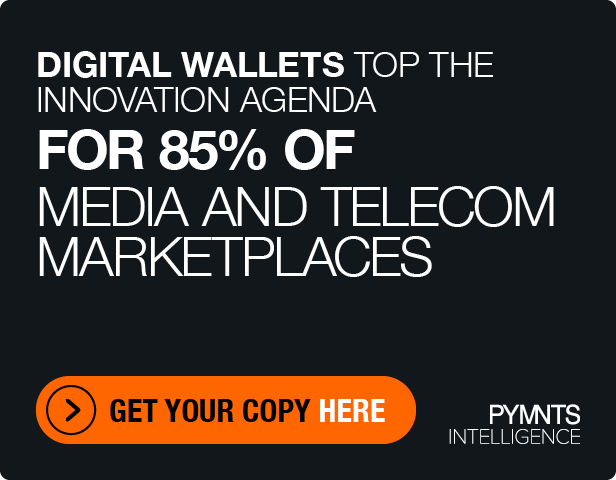Unlocking Data, The Bedrock Of Strategic Sourcing

Strategic sourcing is a complex procurement process that goes far beyond simply obtaining the best price on the products and services an enterprise needs to operate. Especially in a volatile market, choosing vendors strategically can be the differentiating factor behind launching one’s own product on the market faster than a competitor’s, mitigating cyber risk in the supply chain, or ensuring that access to raw materials remains uninterrupted amid unprecedented market volatility.
At the heart of strategic sourcing, said Valekumar Krishnan, vice president at procurement intelligence company Beroe, is data. “Data, information and insights on suppliers form the bedrock of sourcing strategies,” he recently told PYMNTS, “whether during steady-state or influx due to a market disruption.”
But collecting, managing and gaining insight from key data points has become more challenging than ever as a result of enterprise digitization and a greater data pool from which to draw. As Krishnan explained, overcoming data barriers and unlocking the power of analytics within the strategic sourcing process will continue to be vital in a post-COVID environment.
Know Your Supplier
The concept of “know your supplier” has grown more important in recent years — and more complex. The metrics organizations need to obtain about their vital business partners is a lengthy list, as Krishnan noted.
Factors including how vendors source their own products, pricing and contract models, governance and compliance, payment terms and key performance indicators (KPIs) must be taken into account. Adding an extra layer of complexity is the fact that any analysis of one vendor must be placed in the context of the supplier base — and the industry — at large.
“The most effective metric to measure a procurement organization’s cost-risk strategy performance is the ability to benchmark and optimize these levers by baselining against peers [and] competitors,” said Krishnan.
Since March 2020, the stakes have been raised due to a rise in third-party risks including fraud, corruption and regulatory pressures. Supply chain squeezes have made certain raw materials in high demand and short supply, leading procurement teams to prioritize risk mitigation tactics ranging from cybersecurity to product availability — and, in some cases, firms have responded by changing up their vendor bases.
When switching suppliers or onboarding new ones, this analysis should be conducted well before the discovery, shortlisting and contracting phase, Krishnan added, noting that “switching suppliers has always been a tough maneuver, but an absolute necessity when business needs warrant it.”
A Continuous Data Strategy
Enterprise modernization has accelerated since March 2020, too. While this process has enhanced the volume of digital data from which to pull when conducting supplier analysis, it’s also made it more difficult for businesses to actually maintain and make sense of what can be an overwhelming amount of information.
Krishnan highlighted some of the biggest difficulties when it comes to obtaining and managing vendor data, including the process of pulling information from multiple sources, discovering suppliers that lie outside of the incumbent landscape, and — of course — facing market disruptions like COVID-19 that have transformed supplier performance.
The ever-growing list of risks when working with unfamiliar third parties is also ever-changing, thanks to market volatility. As a result, Krishnan noted that it’s not only important for organizations to establish insights into potential and existing suppliers, but also to continually monitor those business partners throughout the length of a contract.
It is “imperative” to monitor vendors on an ongoing basis, he said, though noted that this continuous analysis and the need for consistently refreshed datasets can be one of the biggest hurdles for procurement teams today.
Working with a trusted third-party technology partner can effectively streamline this process and reduce the need for manual processes.
“All procurement levers like cost, supply assurance, risk, flexibility or speed to market can be optimized either separately or as a balanced mix based on business requirements, only when actionable supplier data is credible, complete and a click away,” said Krishnan.
